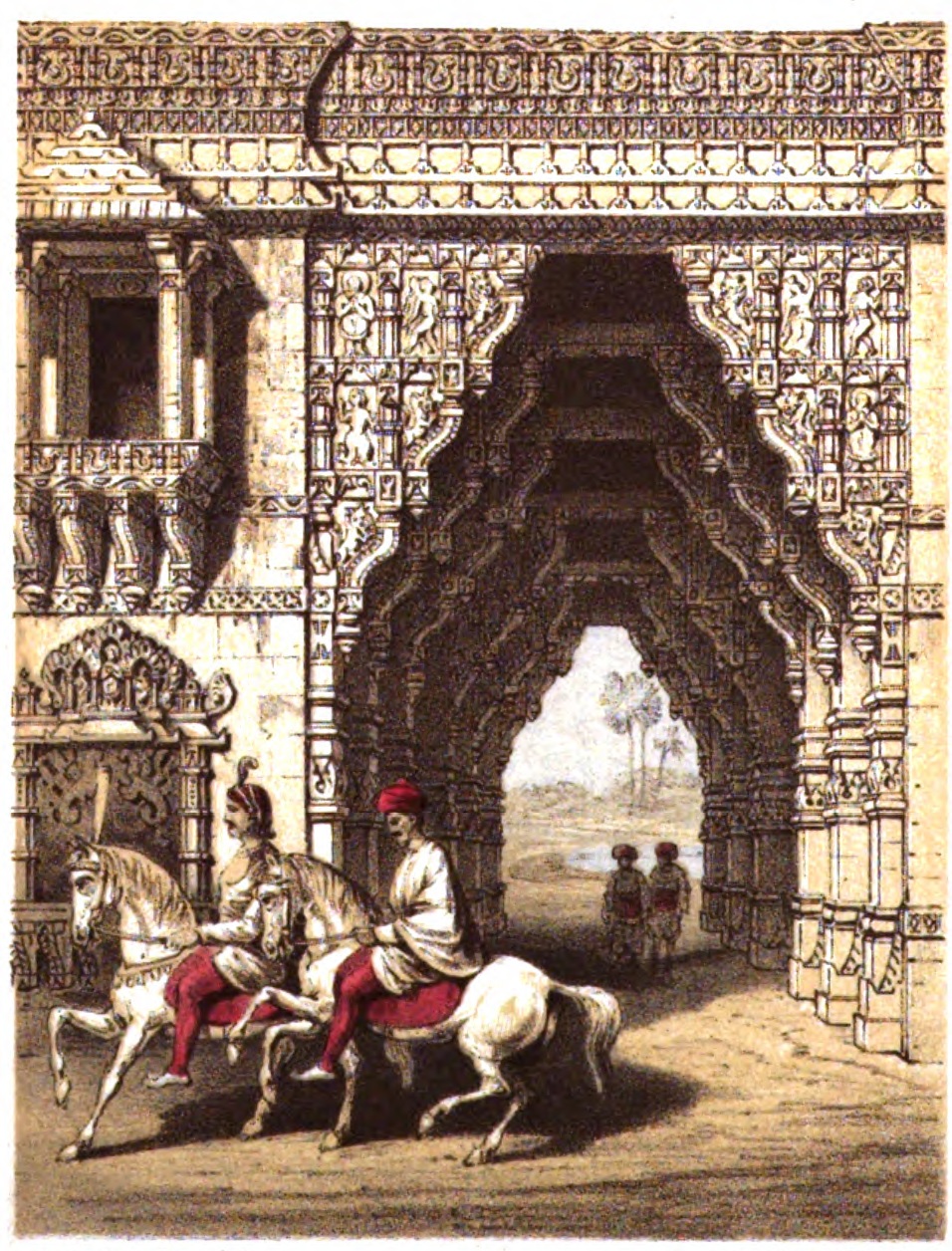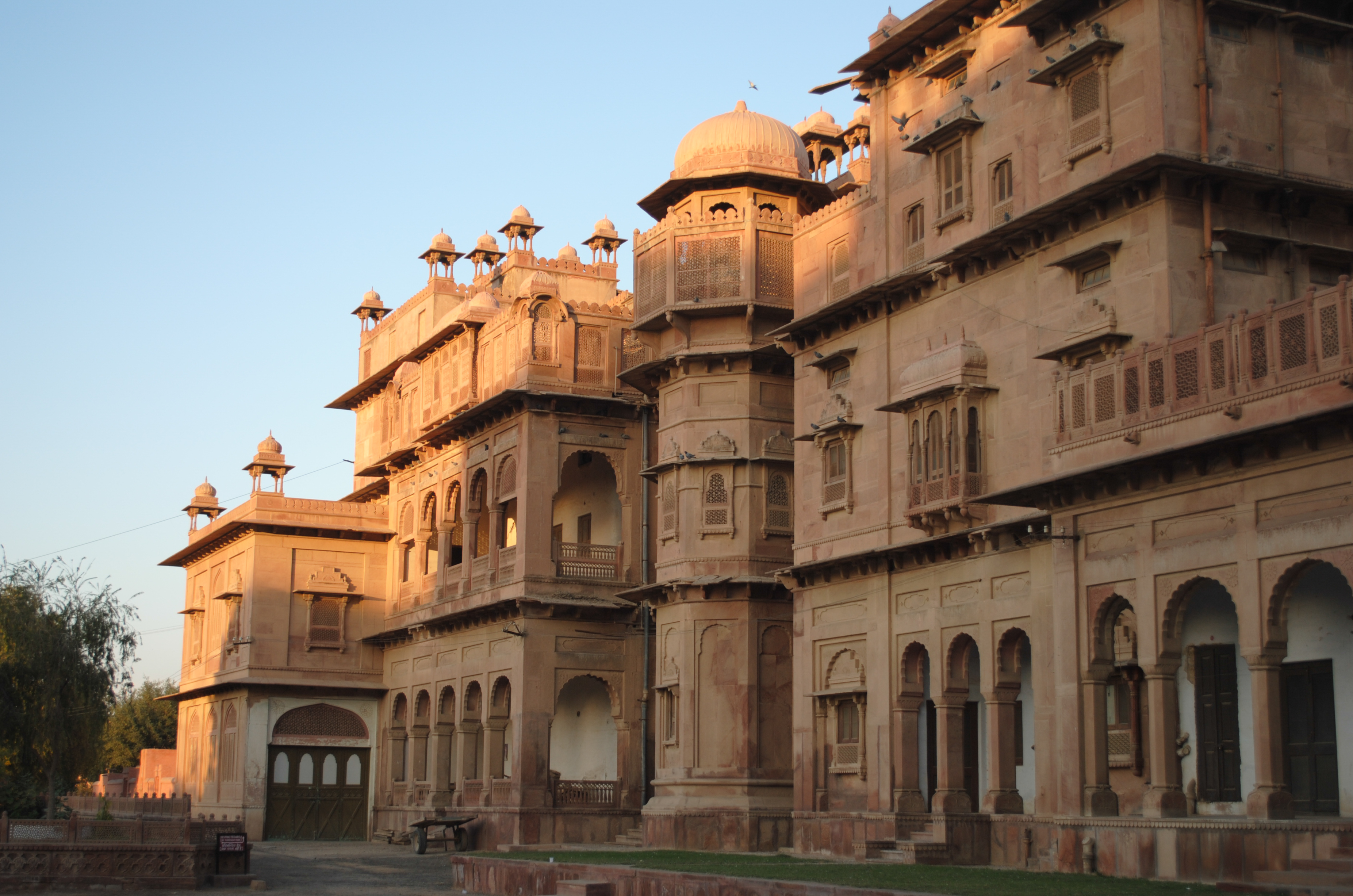|
Bhadvana
Bhadvana is a village in Lakhtar Taluka of Surendranagar district, Gujarat, India. It is situated about twelve miles north east of Wadhwan station and about five miles south of Lakhtar railway station. History During British period, Bhadvana is a separate tribute-paying taluka under the Wadhwan station thana. The Garasias were Jhalas Rajput and Bhayad of Limbadi. The taluka consisted of two villages, Bhadvana and Khajeli, then. There is a large tank at Bhadvana south of the village. The quality of the land is inferior, as much of it is salt waste. References This article incorporates text from a publication now in the public domain The public domain (PD) consists of all the creative work to which no Exclusive exclusive intellectual property rights apply. Those rights may have expired, been forfeited, expressly Waiver, waived, or may be inapplicable. Because no one holds ...: {{coord missing, Gujarat Villages in Surendranagar district Princely states of Gujarat< ... [...More Info...] [...Related Items...] OR: [Wikipedia] [Google] [Baidu] |
Surendranagar District
Surendranagar is an administrative district in Saurashtra region of Gujarat state in India. It has a population of approximately 1.7 million people. Surendranagar, along with the twin city of Wadhwan, has a total of 400,000 inhabitants, and is known as "Camp". Etymology Surendranagar district takes its name from its headquarters Surendranagar. Originally it was the place where the British political agent for Wadhwan lived and became known as Wadhwan Camp. After the agent left in 1946, Wadhwan Camp was renamed after Surendrasinhji Jorawarsinhji (1922–1983), then-ruler of Wadhwan, and became known as Surendranagar. Even today the city is still called the 'Camp' locally from its old name. The district overall, when the various princely states had been merged, was known as 'Jhalavad', the land of the Jhala Rajputs, who held many of the states. Their name derives from an apocryphal incident in the palace of Harpaldev, their ancestor. A wild elephant had burst into a courty ... [...More Info...] [...Related Items...] OR: [Wikipedia] [Google] [Baidu] |
Gujarat
Gujarat () is a States of India, state along the Western India, western coast of India. Its coastline of about is the longest in the country, most of which lies on the Kathiawar peninsula. Gujarat is the List of states and union territories of India by area, fifth-largest Indian state by area, covering some ; and the List of states and union territories of India by population, ninth-most populous state, with a population of 60.4 million in 2011. It is bordered by Rajasthan to the northeast, Dadra and Nagar Haveli and Daman and Diu to the south, Maharashtra to the southeast, Madhya Pradesh to the east, and the Arabian Sea and the Pakistani province of Sindh to the west. Gujarat's capital city is Gandhinagar, while its largest city is Ahmedabad. The Gujarati people, Gujaratis are indigenous to the state and their language, Gujarati language, Gujarati, is the state's official language. The state List of Indus Valley civilisation sites#List of Indus Valley sites discovered, ... [...More Info...] [...Related Items...] OR: [Wikipedia] [Google] [Baidu] |
Wadhwan
Wadhwan, also spelled Vadhwan, is a city and a municipality in Surendranagar district in the Indian state of Gujarat. Located on the banks of the Bhogavo River, around 3 km from Surendranagar and 111 km from Ahmedabad, Wadhwan is a known location for its old world royal charm and serene space with a life and culture of its own. It was historically the capital of Wadhwan State. Demographics India census, Wadhwan city had a population of 61,739. Males constitute 52% of the population and females 48%. Wadhwan city has an average literacy rate of 71%, higher than the national average of 59.5%: male literacy is 78%, and female literacy is 63%. In Wadhwan city, 12% of the population is under 6 years of age. Geography It is located on the bank of the dry Bhogavo River. History The name "Wadhwan" is said to derive from "Vardhmānpur", after Vardhamana, also known as Mahavira, the 24th Tirthankar of Jainism. According to legend, the site of Wadhwan was originally a pl ... [...More Info...] [...Related Items...] OR: [Wikipedia] [Google] [Baidu] |
Rajput
Rājpūt (, from Sanskrit ''rājaputra'' meaning "son of a king"), also called Thākur (), is a large multi-component cluster of castes, kin bodies, and local groups, sharing social status and ideology of genealogical descent originating from the northern part of the Indian subcontinent. The term ''Rajput'' covers various patrilineal clans historically associated with warriorhood: several clans claim Rajput status, although not all claims are universally accepted. According to modern scholars, almost all Rajput clans originated from peasant or pastoral communities. Over time, the Rajputs emerged as a social class comprising people from a variety of ethnic and geographical backgrounds. From the 12th to 16th centuries, the membership of this class became largely hereditary, although new claims to Rajput status continued to be made in later centuries. Several Rajput-ruled kingdoms played a significant role in many regions of central and northern India from the seventh century ... [...More Info...] [...Related Items...] OR: [Wikipedia] [Google] [Baidu] |
Limbdi
Limbdi is a taluka in Surendranagar district in the Indian state of Gujarat. History The area formed a part of the 9-gun salute state during the British Raj, when it was governed by members of a Jhala dynasty. Limbdi Satyagrah During the Satyagraha, the people of Limbdi formed a " Praja Mandal" on 24 December 1938, which caused friction between the king and the people of Limbdi. In 1939, a conference was held by "Praja Mandal", which the king did not like and he created a huge uproar at the conference. Many people were wounded during this incident. Many people felt disheartened and started migrating from Limbdi to other cities. In 1940, after death of Sir Dolatsingh, Sir Digvijay became the ruler. He could rule for only four months, as he died shortly after his coronation. The last ruler of Limbdi was his son, Sir Chhatrapalsingh, from 1941 to 1948. After independence, Limbdi state was merged with Union of India. Education Lady Wellingdon Girls School, now Municipal School nu ... [...More Info...] [...Related Items...] OR: [Wikipedia] [Google] [Baidu] |
Public Domain
The public domain (PD) consists of all the creative work to which no Exclusive exclusive intellectual property rights apply. Those rights may have expired, been forfeited, expressly Waiver, waived, or may be inapplicable. Because no one holds the exclusive rights, anyone can legally use or reference those works without permission. As examples, the works of William Shakespeare, Ludwig van Beethoven, Miguel de Cervantes, Zoroaster, Lao Zi, Confucius, Aristotle, L. Frank Baum, Leonardo da Vinci and Georges Méliès are in the public domain either by virtue of their having been created before copyright existed, or by their copyright term having expired. Some works are not covered by a country's copyright laws, and are therefore in the public domain; for example, in the United States, items excluded from copyright include the formulae of Classical mechanics, Newtonian physics and cooking recipes. Other works are actively dedicated by their authors to the public domain (see waiver) ... [...More Info...] [...Related Items...] OR: [Wikipedia] [Google] [Baidu] |
Villages In Surendranagar District
A village is a human settlement or community, larger than a hamlet but smaller than a town with a population typically ranging from a few hundred to a few thousand. Although villages are often located in rural areas, the term urban village is also applied to certain urban neighborhoods. Villages are normally permanent, with fixed dwellings; however, transient villages can occur. Further, the dwellings of a village are fairly close to one another, not scattered broadly over the landscape, as a dispersed settlement. In the past, villages were a usual form of community for societies that practice subsistence agriculture and also for some non-agricultural societies. In Great Britain, a hamlet earned the right to be called a village when it built a church.-4; we might wonder whether there's a point at which it's appropriate to talk of the beginnings of French, that is, when it wa ... ''village'', from Latin ''villāticus'', ultimately from Latin ''villa'' (English ''villa''). Ce ... [...More Info...] [...Related Items...] OR: [Wikipedia] [Google] [Baidu] |




